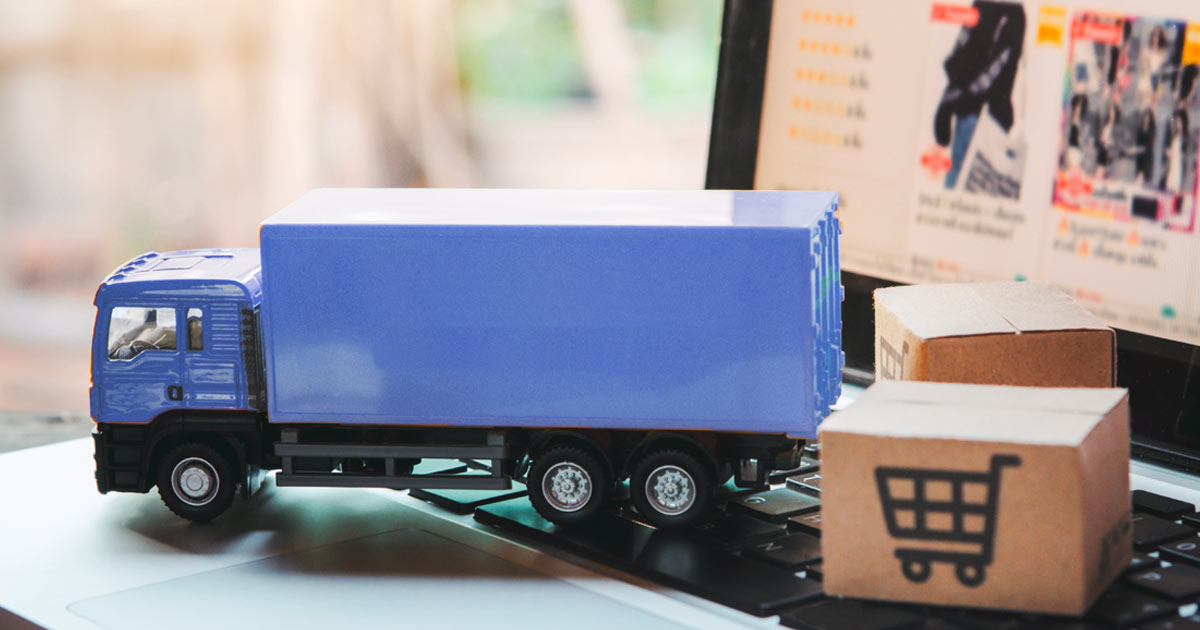
9.9 is near! “Have you added items to your cart yet?” Since the birth of big e-commerce sites like Shopee and Lazada, Filipinos ask this question every monthly sale.
E-commerce is now part of our everyday lives. It is a strategy adopted by businesses who want to stay relevant in these modern times. E-commerce exhibits vigorous growth throughout the past years. Consumer changed their purchasing behavior by resorting to online shopping for both essential and non-essential items. In 2019, Hootsuite studied consumer spending allocation in the Philippines. The study revealed that retail and electronics are among the top industries where consumers spend on.
If your retail business is not yet present online, now is the high time to do so. However, remember that being present online is only a part of the e-commerce ecosystem, and order fulfillment is another thing you must manage well. Aside from maintaining your site, you need to ensure that your items reach your customers to ensure fulfillment. How to do that? You must be familiar with how modern e-commerce logistics work.
What Are the Five Stages of E-Commerce Logistics?
1. Suppliers
If we are to examine years back, there was a clear line between suppliers and retailers. One arranges deliveries for either inbound or outbound logistics processes. Now, e-commerce blurs the line because it paved the way to the creation of a whole ecosystem. Suppliers, retailers, or manufacturers are the first stage of the process. This stage is where goods will be shipped from before heading to the fulfillment centers. Shipment happens once purchased orders from sites have been placed.
2. Fulfillment Centers
Fulfillment centers are large warehouses that manage inventory, packaging, shipping of items. Usually, this practice is for large-scale suppliers who fulfill thousands of volumes of orders.
3. Distribution Hubs
A distribution center is where goods get sorted, stored, and shipped. It is a storage and shipping facility where a supplier’s goods are kept before shipment to wholesale, retail, or customers. For small-scale businesses operating in e-commerce platforms, a distribution hub is usually the second stage after supplier.
4. Last-mile Delivery
Last-mile delivery from warehouses, hubs, and centers is usually done by carriers. In the Philippines, consumers are usually the ones choosing which delivery providers will do the last mile delivery for their items.
5. Consumer
The last step would be the, of course, the consumers. Aside from profit every purchase, high demand from consumer drives faster fulfillment of suppliers, and other stages mentioned above. The need for speed is the changing force of e-commerce logistics.
Conclusion
One of the less thought aspects of the digital and retail revolution is how customers and businesses receive products. The Philippines is slowly approaching the Christmas season. With 9.9, 10.10, 11.11, and 12.12 sale days coming, your business should practice the right logistics strategy that can support you with changing demands. Remember that customer satisfaction is what every business should aim for, and you can do that if you fulfill deliveries on time. Remain competitive in the modern era because this is just the start of many innovations ahead for e-commerce logistics.
SEE ALSO:
